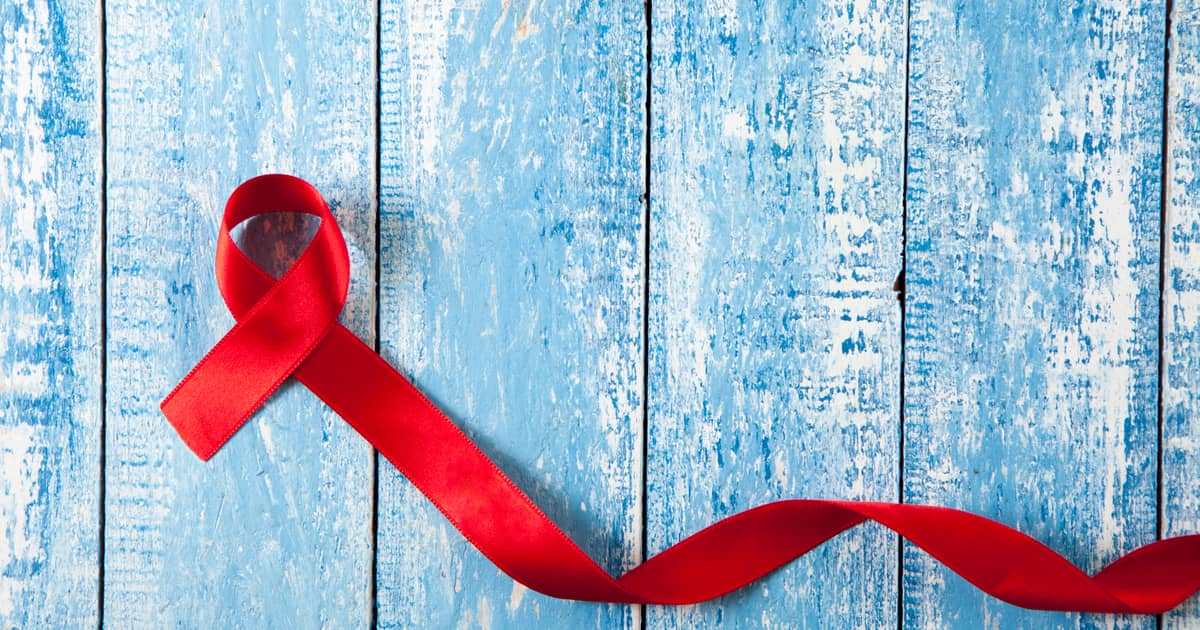Regardless of significant progress that has been made over the past years, the human immunodeficiency virus (HIV) remains a serious health challenge that’s especially prevalent in certain parts of the world. Millions of lives are at risk because prevention efforts have slowed down, a report by UNAIDS suggests. Asia and the Pacific region previously had falling rates of HIV infections that are now on the rise. The situation is even more troublesome in North Africa, the Middle East, Latin America and Eastern Europe.
Why is this the case?
A faltering HIV response and social inequalities are mainly to blame, according to UNAIDS.
The Most Vulnerable Are Most Neglected
Data from the countries seeing an increase in HIV infection rates show a similar tendency. The most vulnerable segments of the population are the ones that lack access to HIV prevention, treatment and care services.
The report suggests the situation is similar in all 38 countries that have increasing HIV infection rates. The pandemic there continues having the worst effect on men who have sex with men, sex workers, people who use drugs and adolescent girls/young women.
In 2021, the world registered 1.5 million new infections with HIV. The figure is significantly higher (one million cases) than the target set in 2020. Globally, vulnerable populations accounted for over 70 per cent of the new infections. Sub-Saharan Africa accounts for four out of five new infections among girls and women aged 15 to 24.
Ending the AIDS Pandemic by 2030?
UNAIDS has set a target for ending the world HIV pandemic by 2030 but is that goal achievable, given the current numbers? The year was chosen as back in 2015 but at the time, there was no way to account for factors like the Covid-19 pandemic and the economic slowdown that resulted from it.
In June 2022, UNAIDS reported that new HIV infections an AIDS-related deaths aren’t declining fast enough to meet the milestone.
To end the pandemic in eight years, the world must first meet 2025 interim milestones. These include:
- 95 per cent of people being treated for an HIV-positive status achieving full viral suppression
- 95 per cent of HIV positive individuals knowing their status
- 95 per cent of HIV positive individuals who know their status initiate treatment
- 95 per cent of people using combination prevention
- 95 per cent of women having access to HIV-related, sexual and reproductive health services
- 95 per cent coverage of services for eliminated vertical transmission
The aim of these targets is to address the very same inequalities that are currently standing in the way of reducing HIV infection rates.
To achieve these goals, however, health authorities across the world need to speed up their efforts as far as prevention and access to adequate reproductive health services go. Fundraising also has to be picked up, which isn’t really happening at the present moment.
Ending the pandemic by 2030 is a highly ambitious goal that seems to be faltering right now. Still, innovative prevention methods like HIV pre-exposure prophylaxis (PrEP) and HIV post-exposure prophylaxis (PEP) can slow down infection rates or eliminate HIV altogether in entire communities.
As of now, 21.7 million people are receiving adequate treatment for HIV. That number is way off the target that would make the 2030 deadline possible.
According to UNAIDS, several factors are to blame for the failure. The most important ones include insufficient domestic and international HIV funding, stigma standing in the way of effective HIV testing, many HIV positive individuals not seeking treatment and lack of awareness about prevention methods like barrier contraception and HIV PrEP.
Nevertheless, UNAIDS officials believe that the 2030 milestone is achievable. Additional funding will be required to meet the goal and the same applies to awareness campaigns aimed at ending gender/social injustices. It would also be important for many countries to ban laws that either criminalise or marginalise vulnerable groups, making their access to adequate healthcare either very difficult or altogether impossible.
Singaporean Efforts to End HIV
Given the dynamic global developments, how is Singapore performing an are efforts sufficient to end the HIV pandemic locally in the foreseeable future?
In 2021, the number of new HIV infections among Singaporeans was reported at 250 cases – the lowest rate registered in 18 years. In comparison, there were 261 new cases in 2020.
According to the Ministry of Health, 95 per cent of the newly infected individuals are male and they predominantly fall in the 20 to 49 age group. Sexual intercourse remains the primary method of HIV transmission in Singapore. Men who have sex with men account for 62 per cent of infections and heterosexual transmission accounts for 33 per cent of the cases.
Sadly, only 18 per cent of cases got detected during routine HIV screening and 16 per cent – through self-initiated HIV testing.
Given the fact that HIV and other forms of STD testing are readily available in Singapore, the news is definitely worrisome.
As of 2022, the number of people in Singapore who are HIV-positive has reached 9,129. Sadly, 2,255 people passed away from HIV complications or AIDS in 2021.
The Ministry of Health urges individuals who engage in high risk behaviours (having multiple sexual partners, engaging in casual sex) to always use barrier contraception like condoms and get screened regularly. Even those who are in committed monogamous relationships should partake in HIV/STD testing once or twice per year.
For vulnerable segments of the population, the use of HIV PrEP and HIV PEP are two other steps that can contribute to excellent outcomes. Both treatments are readily available via Singaporean clinics.
At facilities like Shim Clinic, it’s possible to get tested, and advised about HIV and AIDS. The staff at the clinic awaits patients seven days per week, providing in-depth information on contraception, HIV prevention and the most treatments available in Singapore today.

